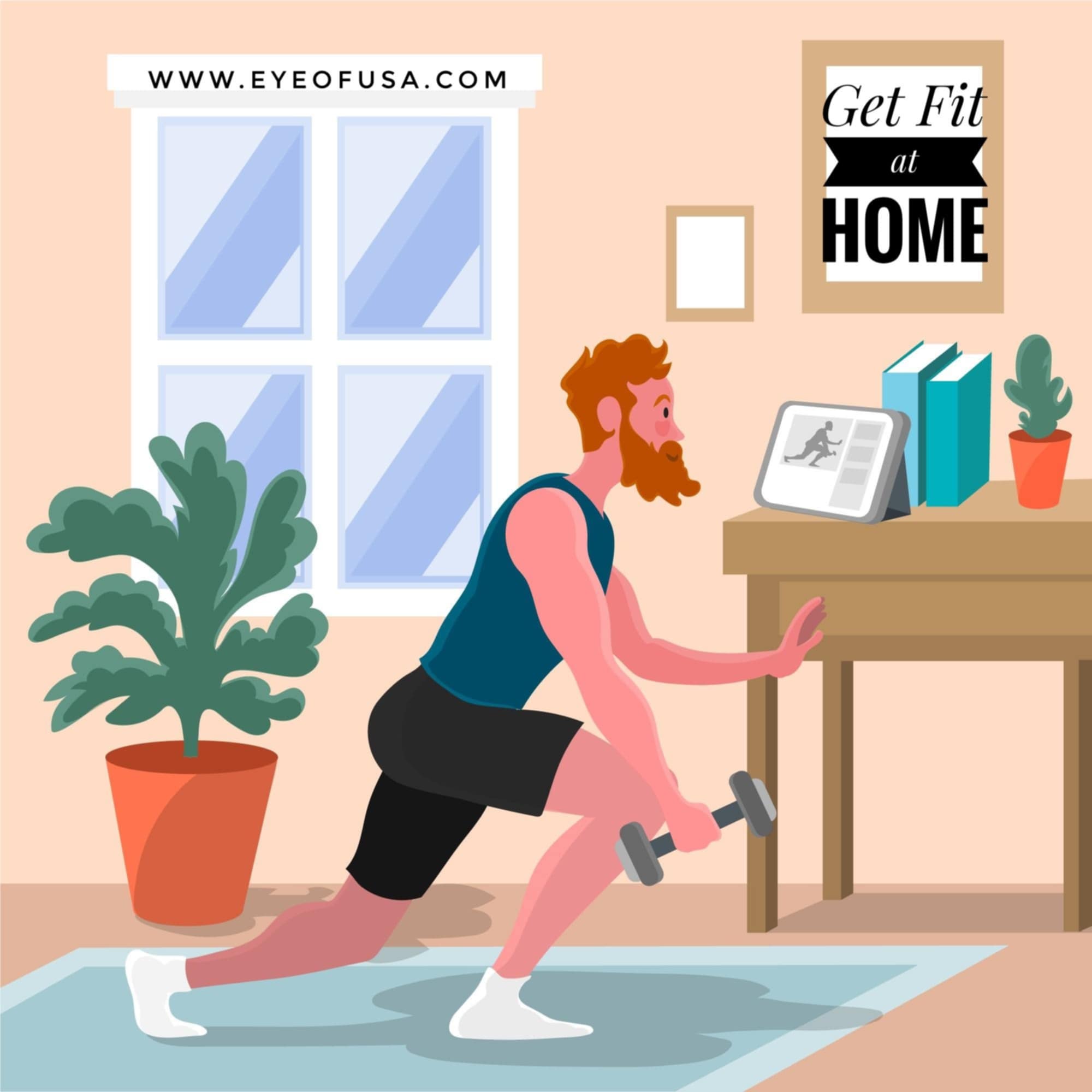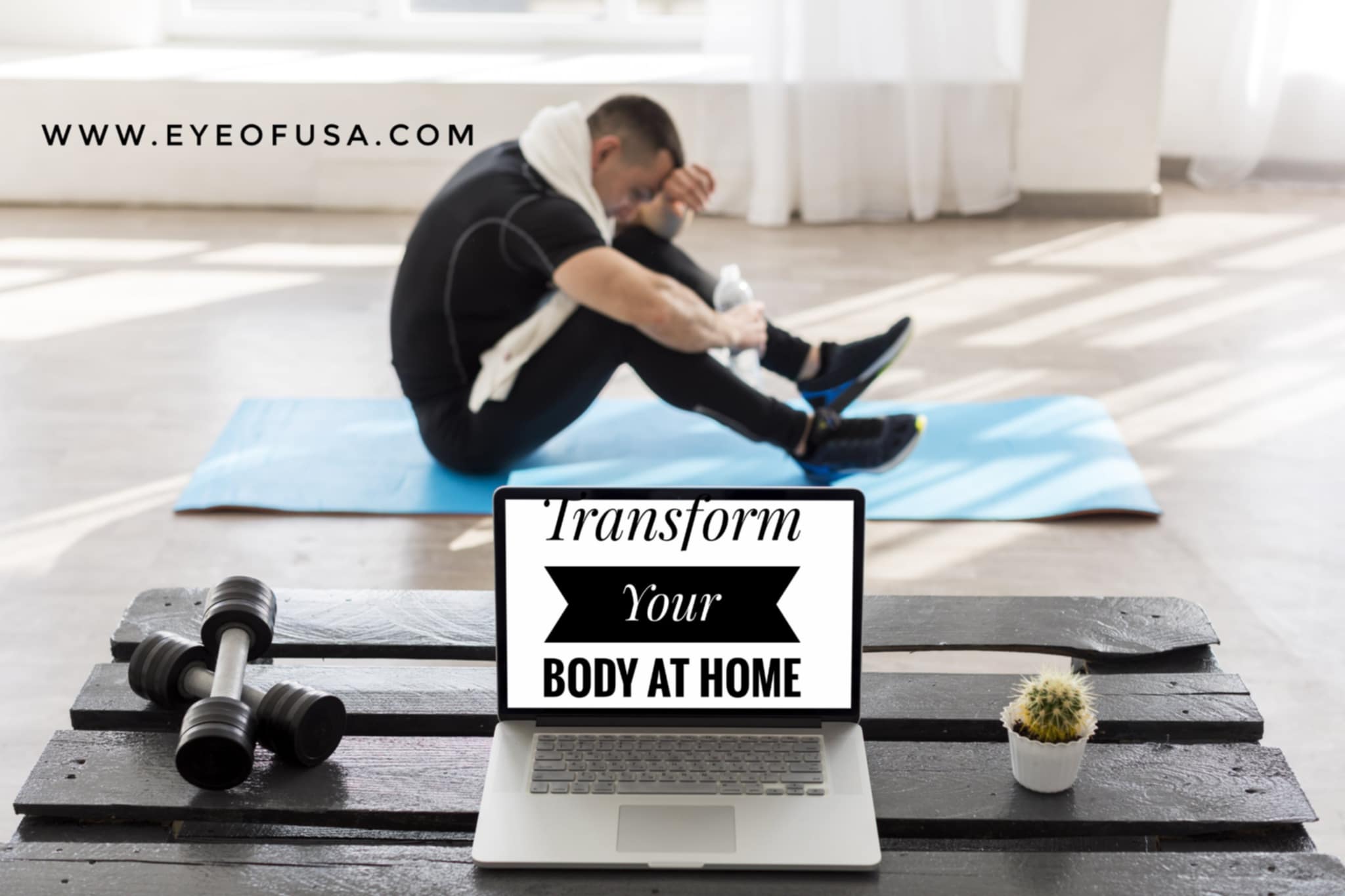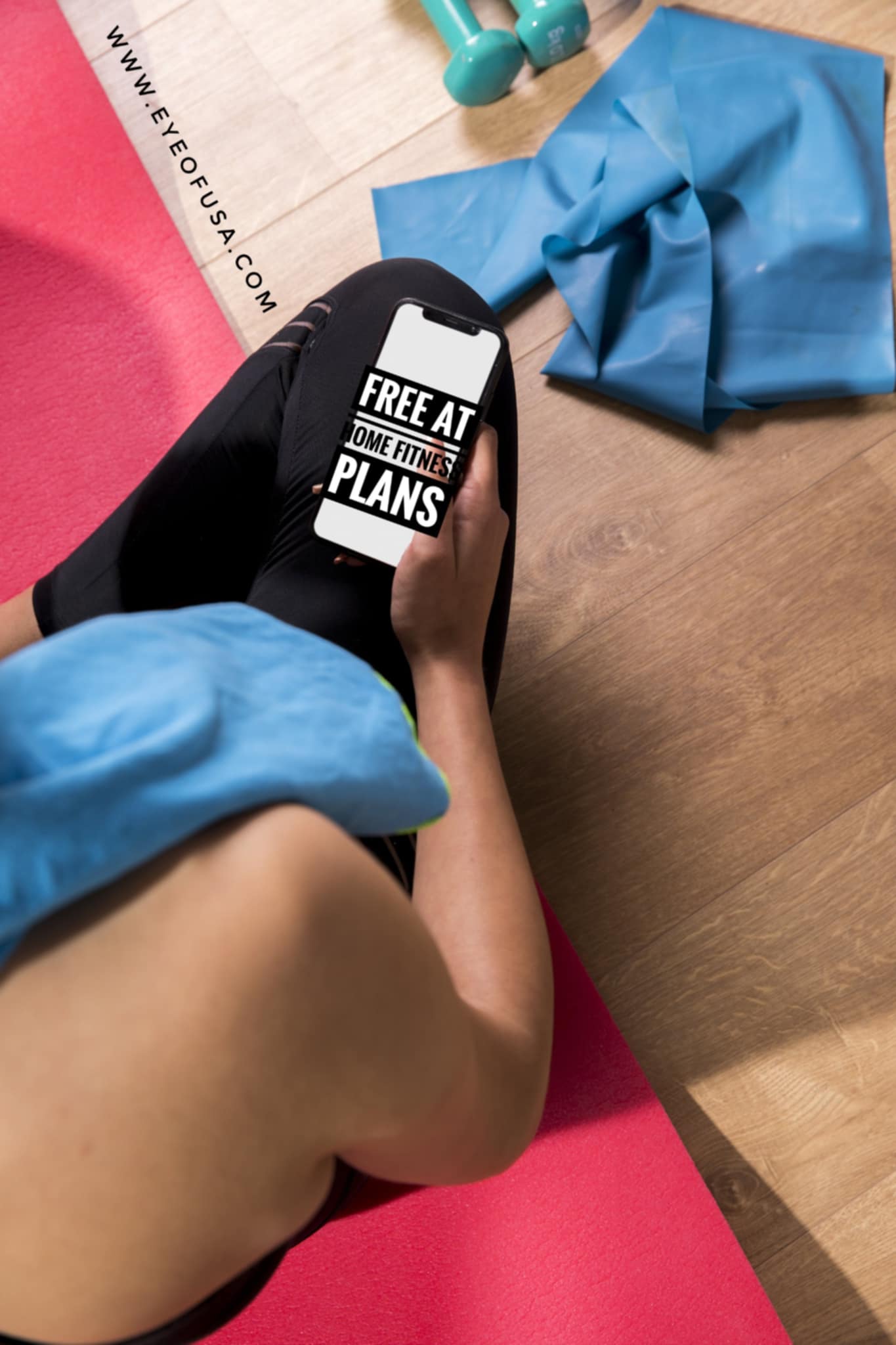DIY Fitness Routines at Home: Get Fit Without the Gym
Introduction
Q: Why consider DIY fitness routines at home?
A: Working out at home has never been more popular, and for good reason. DIY fitness routines offer a budget-friendly, convenient way to stay active without the need for a gym membership. Whether you’re just starting out or looking to add variety to your fitness plan, home workouts make it easy to stay in shape without leaving your living room.
- Why Choose DIY Fitness at Home?
Q: What are the main benefits of doing fitness routines at home?
A: There are several perks to DIY fitness routines, including:
Cost Savings: Say goodbye to expensive gym memberships or fitness classes.
Time Efficiency: No need to commute. Just roll out your mat and get started.
Personalized Workouts: You can choose routines that suit your fitness level and goals, so you’re always working toward what matters most to you.
- Essential Equipment for Home Workouts
Q: Do I need any special equipment for home fitness routines?
A: Not necessarily! Many home workouts can be done using just body weight. However, if you’d like to expand your options, here are some affordable and versatile tools:
Resistance Bands for strength exercises.
Dumbbells if you want added weight.
Yoga Mat for floor exercises and stretching.
Household Items: Don’t have weights? Use water bottles or canned goods as substitutes!
- Setting Up Your Home Workout Space
Q: How can I set up a dedicated space for exercise at home?
A: Setting up a dedicated workout area can boost your motivation and keep you consistent. Here’s how to do it:
Choose a spot where you have enough room to stretch and move comfortably.
Keep it clutter-free and, if possible, add a mirror to check your form.
Store your workout gear in this space, so it’s always ready when you are.
- Types of DIY Fitness Routines You Can Try at Home
Q: What kinds of workouts can I do at home?
A: You have a variety of options for an effective home workout:
Cardio Workouts: Think jumping jacks, burpees, and high knees.
Strength Training: Try bodyweight exercises like push-ups, squats, and lunges.
Flexibility and Mobility: Incorporate yoga and stretching to improve flexibility.
HIIT (High-Intensity Interval Training): For a quick, intense workout, try a HIIT routine that blends cardio and strength moves.
- Sample 20-Minute DIY Fitness Routine for Beginners
Q: Can you suggest a quick DIY workout routine for beginners?
A: Here’s a simple 20-minute routine to get you started:
- Warm-Up (5 Minutes): Start with jogging in place and arm circles.
- Cardio (5 Minutes): Do jumping jacks, high knees, and mountain climbers.
- Strength (5 Minutes): Perform squats, push-ups, and lunges.
- Core (3 Minutes): Try planks and crunches.
- Cool-Down (2 Minutes): Finish with gentle stretching.
This routine combines cardio, strength, and flexibility for a balanced workout that’s ideal for beginners.
- Creating a Routine That Works for You
Q: How do I create a DIY fitness routine that fits my needs?
A: Start by setting realistic fitness goals. For example, if you’re new to fitness, aim for three days a week and gradually increase your frequency. It’s also helpful to balance different workout types across the week, such as alternating cardio with strength days to prevent burnout and overtraining.
- Staying Motivated: How to Keep Up with Home Workouts
Q: How can I stay motivated to work out at home?
A: Sticking with a home workout routine can be challenging, so try these tips:
Track Your Progress: Use a fitness app or a journal to record your workouts and progress.
Set a Schedule: Choose a specific time each day or week to exercise, making it a regular part of your routine.
Mix It Up: Variety keeps things interesting, so try new routines and workout styles.
- Safety Tips for DIY Fitness at Home
Q: What safety tips should I follow for at-home workouts?
A: Safety is crucial, even with DIY fitness:
Warm Up and Cool Down: Always start with a warm-up and end with a cool-down to prevent injuries.
Focus on Form: Pay close attention to your posture and technique.
Listen to Your Body: Rest if you feel pain, and seek advice if you’re unsure about any exercise.
Conclusion
Q: What’s the best way to get started with DIY fitness at home?
A: DIY fitness routines offer flexibility, affordability, and convenience, so the key is simply to get started. Start small, stay consistent, and explore routines that suit your goals. You don’t need fancy equipment or a big space – just commitment and a little creativity.



